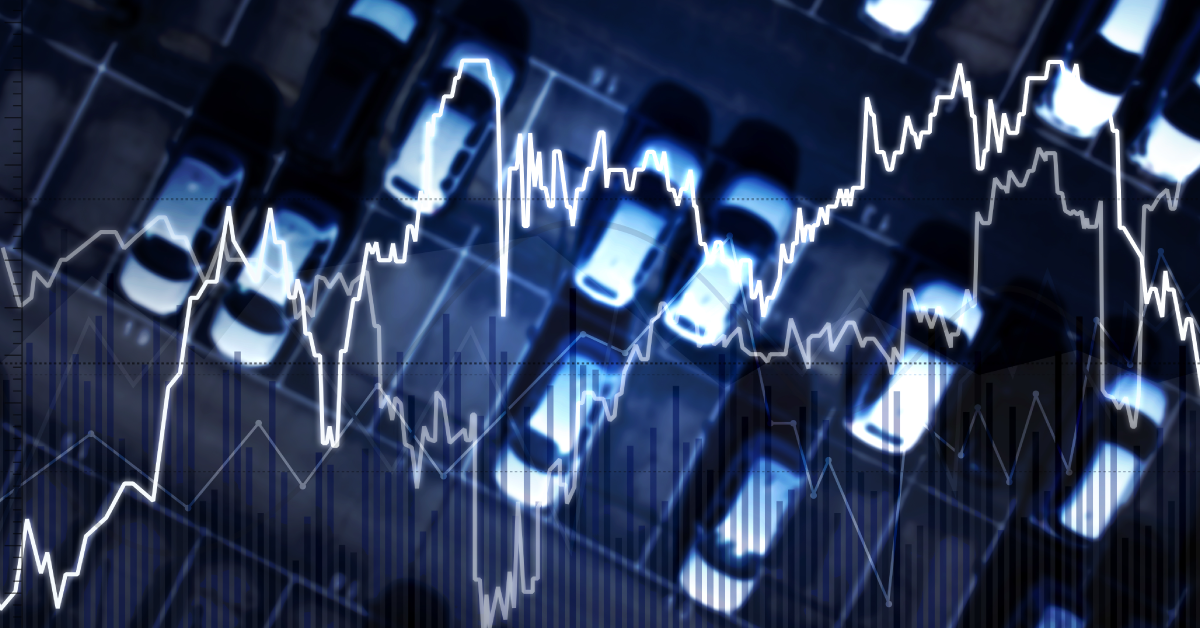In addition to tourism, the automotive industry is facing many changes in this new reality. Experts predict that it will be among the first to be forced to reshape its business models and head in the direction of a sharing economy, e-mobility and connected cars. Exactly how this development will take place is difficult to predict at this time. What marketing experts perceive already, is the fact that the purchasing route for cars and related services has shifted even more strongly to digital channels.

From turbulence to optimism
The automotive industry was much more affected by the pandemic than other industries. At the very beginning, car brands went into the spasmic phase, as all advertising investment stopped for a short time. Once the situation relaxed a bit, they adjusted the communication and at the same time revamped what they had to offer and redistributed media resources. In doing so, they focused primarily on digital channels due to their effectiveness, advanced targeting and, consequently, successful reaching of target groups.
Currently, car suppliers around the world are trying to revive the market and accelerate the sale of vehicles in stock or those readily available. They are actively preparing various sales campaigns that offer potential buyers vehicles at a better price or under more favourable conditions, and at the same time take care of the brand recognition for those who want to maintain their position in consumers’ minds. Now, in June, we see that the responses of our clients are much more optimistic and that they are now, more than ever, aware of the power and efficiency of digital channels, and will continue to invest.

Consumption of automotive industry content is growing again
If, for example, interest in cars and automotive content fell by 20 per cent in March, it soon recovered in April and rose by 10 per cent compared to March. In May, interest in automotive content normalised or even rose slightly compared to January and February. We get this data from iPROM’s analysis of the number of visits to automotive content sites on Slovenian digital media, and it fills us with optimism.
A part of car sales will move even more online
I am certain that part of car sales will move online even more actively. We cannot buy cars directly online yet (in most cases), but digital channels are becoming increasingly important for researching and deciding on a purchase.
In addition to display advertising, which allows for a combination of branding and sales promotion, search marketing has become more important as one of the points of contact, as the presence of digital media has increased and a cautious consumer wants to further verify their decisions by organic search and comparison.
At the moment, I also find it extremely important that current research (e.g. Valicon, Avio, Kantar) already predicts that the new reality consumer is more economical and, therefore, more inclined to change brands. I therefore advise that brand communication is continuous and even increased during this time, in order to fortify the strength of the brand in the consumers’ minds and ensure a first choice position. If we learn from the past, brands more prone to advertising investments after the 2008 crisis, came out of it stronger and with better sales results.

Changes in media planning are right here in front of you
The future of car suppliers will certainly require changes in media planning, messages and points of contact with consumers in order to effectively reach out to them in a way that arouses interest, and through the channels where they are present. It is sensible to take advantage of local opportunities. Slovenian digital media today have an excellent reach and (still) boast above-average visits. Through them, we can target practically the entire Slovenian online population in a short time, and with the correct use of data for targeting purposes, we can very effectively address and quickly reach each individual target group separately.
Display advertising still remains predominant among Slovenian advertisers, as shown by iPROM’s survey, conducted among 220 marketing and advertising experts in cooperation with the research house Valicon. The research also exposed the importance of the effectiveness of digital channels, which is considered to be the most important motivator for digital advertising.
A formula for success: a combination of data use and innovative approaches
Car brands are characterised by integrated communication on all channels, and memorable experiences are increasingly moving online. Digital approaches, used by Elon Musk with the Tesla brand from the very beginning, have become even more popular today.
Car brands have always been more receptive to innovative approaches and standout ad formats. As a result, digital channels have long outgrown the phase of online advertising using only classic online banners. Video car ads have moved online with even more intensity with the rise in video consumption, and the use of social media strengthens two-way communication between car brands and the consumer. In digital advertising, car suppliers therefore favour the use of above-standard, advanced advertising formats that include gamification, dynamic creatives, hyperpersonalised ads, and the use of virtual and augmented reality technology solutions.

Car suppliers, dare to stand out and make good use of your data
I believe that the opportunities for automotive advertisers on digital channels are infinite and that creative directors will be able to find innovative new ways to gain attention and effectively reach a customer in the light of changing habits. In my opinion, a significant number of decision-makers are not yet aware of the importance and power of data, which allows us not only to understand customers’ needs better, but also to reach customers more accurately and develop personalised communication.
